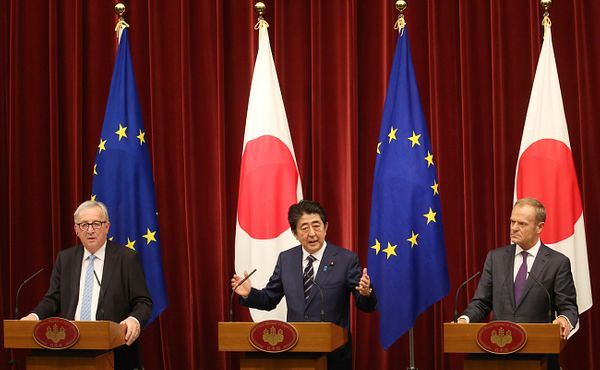[ad_1]
The 1988 Formula 1 season was dominated by the Honda-powered McLarens; the newly formed partnership resulting in Formula 1’s most successful car, the unstoppable (and almost unbeatable) McLaren Honda MP4/4.
The year also saw the birth of arguably the sport’s greatest rivalry between teammates: Brazilian Ayrton Senna and Frenchman, and then two-time World Champion, Alain Prost. It was Senna’s first year with McLaren and he and his teammate combined to win 15 of 16 races, including the Brazilian’s World Championship deciding win at the 1988 Japanese Grand Prix.
As the McLaren pair dominated the season, tension grew between the sport’s top drivers and hit boiling point during the Portuguese Grand Prix when the enthusiastic Senna attempted to block Prost from taking the lead and almost sent his teammate crashing into the pit wall. Prost managed to out-manoeuvre Senna and take the lead, but he did not appreciate his young adversary’s aggressive racing style.
The penultimate race of the season rolled into the challenging and twisty circuit of Suzuka, Japan, which was built in 1962 by Honda as a test facility and featured a unique figure-of-eight layout. Race day was set for the epic showdown with Senna and Prost wheel to wheel in the battle for the Championship.
Senna, out-qualifying Prost by almost half a second, took his twelfth pole position for the year, and the pair delivered the season’s eleventh all McLaren grid-lockout. On the second row of the grid was 1988’s only non-McLaren race winner, Ferrari’s Gerhard Berger in third position with Ivan Capelli in the March-Judd next to him. Reigning Wold Champion Nelson Piquet and local hero Satoru Nakajima, both in a Lotus-Honda, could only manage fifth and sixth respectively.
When Senna dropped the clutch, his engine died. It would be his only missed start that year. With the Championship hanging in the balance, the pole-sitter sat motionless on the grid while the other drivers passed him by. But thanks to Suzuka’s sloping grid, he was able to bump start his car and come out in fourteenth place. With his rival in the lead, the determined and unwavering Brazilian found his rhythm and made up six places on his first lap.
By lap four Senna had moved up to fourth place and his battle with Prost for supremacy was back on, while the battle for second was being fought out between Berger and Capelli until the Austrian, suffering fuel consumption problems, handed second place to Capelli who had set the fastest lap of the race.
As rain started to fall Senna demonstrated his mastery of wet-weather racing chasing down the leaders, while Prost missed a gear coming out of the final chicane allowing Capelli to seize his chance and take the lead, becoming the first naturally aspirated car to lead a Grand Prix since 1983. However his first place was short-lived as his Judd was no match for the turbo-charged Honda and the Frenchman regained and maintained the lead, while Capelli retired three laps later with an electrical failure.
Meanwhile Senna was rapidly catching Prost as the pair fought their way through the backmarkers, until the soon-to-be World Champion seized on lap 27 flying past his teammate to take the lead and the win. It was a grand prix of pure racing, with the young Senna, not intimidated by the older and more experienced Prost, outclassing his teammate to spectacularly secure his first Formula 1 World Championship.














